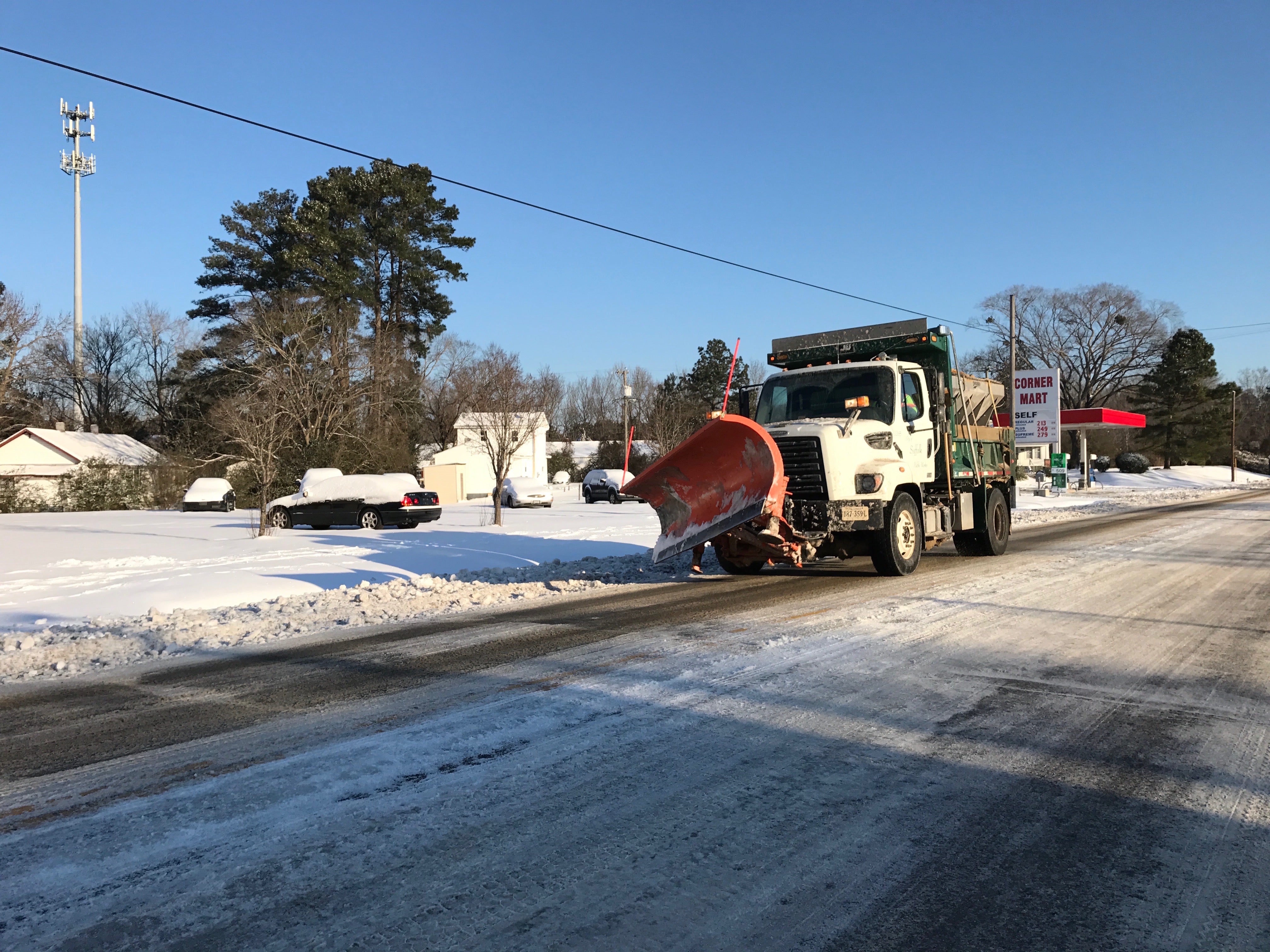What is a hurricane?
Published 12:00 am Saturday, May 31, 2003
Special to the News-Herald
Hurricane season officially starts today. This fact shouldn’t concern a prudent mariner who has taken and will continue to take active precautions and safeguards to ready their vessel to survive the storm.
Last week we started our five-part hurricane series by looking at some very general issues associated with protecting one’s vessel and the people aboard.
According to Max Mayfield, the Director of the National Hurricane Center, (as quoted on the center’s Web site) &uot;Preparation through education is less costly than learning through tragedy.&uot;
So what is a hurricane? Well according to multiple reference documents, a hurricane is a tropical system that has maximum sustained winds of 74 mph (or for you nautical types, 64 knots). Hurricanes are tropical cyclones, in which the center is warmer than its surroundings. Usually they strengthen as water temperature increases while they dramatically decrease in strength while moving across land. Although some incredible prediction models have been developed there is still a level of unpredictability to these storms.
The system used to determine a hurricane is called the Saffir-Simpson scale. This method is used to classify how intense storms will be, allowing emergency agencies the best warning of the destructive capability that a particular storm may carry.
Along with wind speed, another critical issue associated with the destructive capability of hurricanes is storm surge. As the speed associated with a particular storm increases, so does the capacity for storm surge. This is where ocean water is essentially &uot;stored up&uot; and then driven inland, one of the major problems that can affect vessels that are moored or in some cases up on trailers. Citizens here in Suffolk and Franklin understand this phenomenon better then most because of events in the not-too-recent past.
Tropical Depressions – These are very common throughout the Caribbean and into Florida. In fact last week in Fort Lauderdale, I experienced two of these within six hours of each other. A tropical depression is classified as an event with wind speeds that are less than 30 mph.
Tropical Storms – Signifi-antly more powerful that a Depression, a Tropical Storms presents a boater with a multitude of challenges. From the start of storm serge to winds that can range from 39-73 mph a tropical storm can turn coconuts, for example, into mini-missiles.
Hurricanes – Anyone who has experienced a hurricane knows that even a category One system (winds ranging from 74-95 mph) is not to be taken lightly. According to the National Weather Service, Little Rock Arkansas office the storm surge for this type of hurricane is 4-5 feet. As the category of storm grows so does the destructive capability. For example a Category Two packs winds of 96-110 mph with storm surge of 6-8 foot while a Category Three has winds between 111-130. The most dangerous of all hurricanes is the Category Five hurricane. These monster storms, such as Marilyn, Gilbert and Andrew pack winds of 155 mph or greater with storm surge of 18 feet or more.
In order to better prepare for the hurricane season I recommend you print out a hurricane tracking guide. One can be printed from the National Hurricane Center’s web site at: http://www-.nhc.noaa.gov/
Next week we will look at what steps you can take to help your vessel survive a hurricane in port. Until then, Boat Safe…and Boat Smart!
LCDR Joe DiRenzo III, USCG is a resident of Suffolk and a regular News-Herald columnist.



